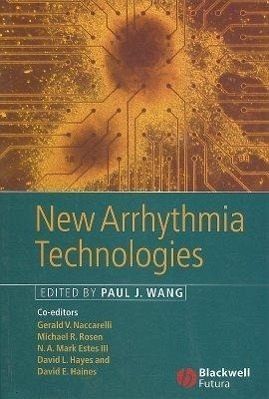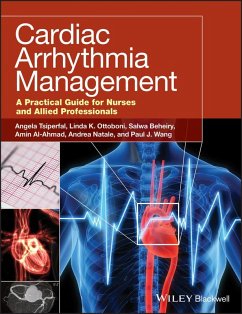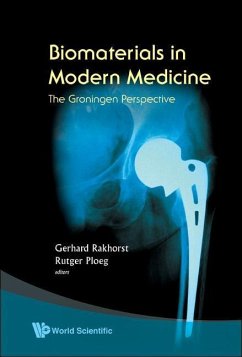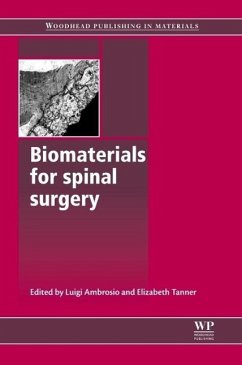
New Arrhythmia Technologies

PAYBACK Punkte
81 °P sammeln!
New Arrhythmia Technologies provides a complete discussion of recent, emerging, and future arrhythmia technologies. This forward-thinking book details successful trials and investigates areas of research that have not yet reached the trial phase. The elite panel of authors have explored fresh information on: * advances in antiarrhythmic pharmacologis therapy * advances in monitoring, risk assessment, and noninvasive mapping * advances in pacing therapy * advances in implantable defibrillators * advances in catheter and surgical ablation * advances in antiarrhythmic biological therapy * vision ...
New Arrhythmia Technologies provides a complete discussion of recent, emerging, and future arrhythmia technologies. This forward-thinking book details successful trials and investigates areas of research that have not yet reached the trial phase. The elite panel of authors have explored fresh information on: * advances in antiarrhythmic pharmacologis therapy * advances in monitoring, risk assessment, and noninvasive mapping * advances in pacing therapy * advances in implantable defibrillators * advances in catheter and surgical ablation * advances in antiarrhythmic biological therapy * vision for the future of arrhythmia technologies * web-based defibrillation monitoring. New Arrhythmia Technologies presents a unique view of the latest in arrhythmia innovations through the eyes of the experts in the field.












